Why skipping research can result in a digital product with no users
By George Charnley - 27 March 2023
5 Min Read
“We’ve already researched the market and users. We know what features we want. Now we need to build this product as quickly as possible, making sure it’s on-brand, pretty, and easy to use.”
Have you ever found yourself uttering these words?
At Planes, we pride ourselves on being fast. We’ve shipped products in fewer weeks than you can count on one hand. So we’re more than capable of taking your idea and accelerating an on-brand, pretty, and easy-to-use product. But we’re prepared to wager that’s not what you actually want.
“Speed isn’t about how quickly you jump off the starting block, it’s about how quickly we cross the finish line.”
If the finish line is an increasingly successful product that resonates with its users, then the fastest way to get there is to lay a solid foundation. This foundation doesn't have to take a long time or cost a lot of money. But when you skip over the research and discovery phase and dive straight into development, it’s very easy to build the wrong thing. This can induce a heavy price tag further down the line. So if you’re building a digital product, here’s why solid research will make it even better.
The cost of not doing research
In 2006, PlayPumps International created the PlayPump, a supposedly revolutionary device that used a merry-go-round instead of a hand pump to deliver clean water to African villages. The idea assumed that children would want to play on the merry-go-round so people would no longer need to pump the water themselves.

And the punters loved it. Jay-Z raised $250k for the charity, whilst DJ Mark Ronson pledged $1 from the sale of every album to the USA’s government-backed $60m public-private partnership.
So they spent the money building the PlayPumps, only to discover that the design was fundamentally flawed. Essentially, it misunderstood the needs and pain points of who it had been designed for. People did not have a problem with pumping the water. The problem they had was a lack of clean water. Not only that, the PlayPump was 4x more expensive than your classic hand pump and reliant on child labour.
This is all information the organisation could have found out for free. But the key takeaway from this cautionary tale is that everyone believed the idea was good because of their own assumptions.
“When you release your designs into the world, the people don’t care. You don’t have control over them. And you don’t get to set the terms of the argument. You just get to have assumptions. If you make assumptions without information, they turn into giant risks for whatever you’re trying to design.”
In the case of PlayPumps, the idea sounded good on paper. The government thought it was a good idea. Celebrities thought it was a good idea. But the idea was built on assumptions that nobody even knew they were making.
The cost of doing research wrong
Often when people get gripped by an exciting idea, they conduct research by speaking to friends and family and looking at their competitors. But just because your partner has suggested a feature they would enjoy, or a competitor’s app includes X feature, it doesn’t necessarily make it valuable for your product.
I’m sure you’re aware of just how unique and complex your partner is, with all of their quirks and idiosyncrasies. With this in mind, can you be confident that their needs will apply to the masses? Don’t get me wrong; feedback is invaluable. But not all feedback is valuable. So how do you synthesise the feedback, separating the wheat from the chaff, to get to the heart of what is truly important?
Research as a bias filter
The best and worst thing about people is that they are unique, opinionated and transient. There is a difference between what people say and what people do. And our subconscious brains are extremely effective at using sensory information to make rapid inferences.
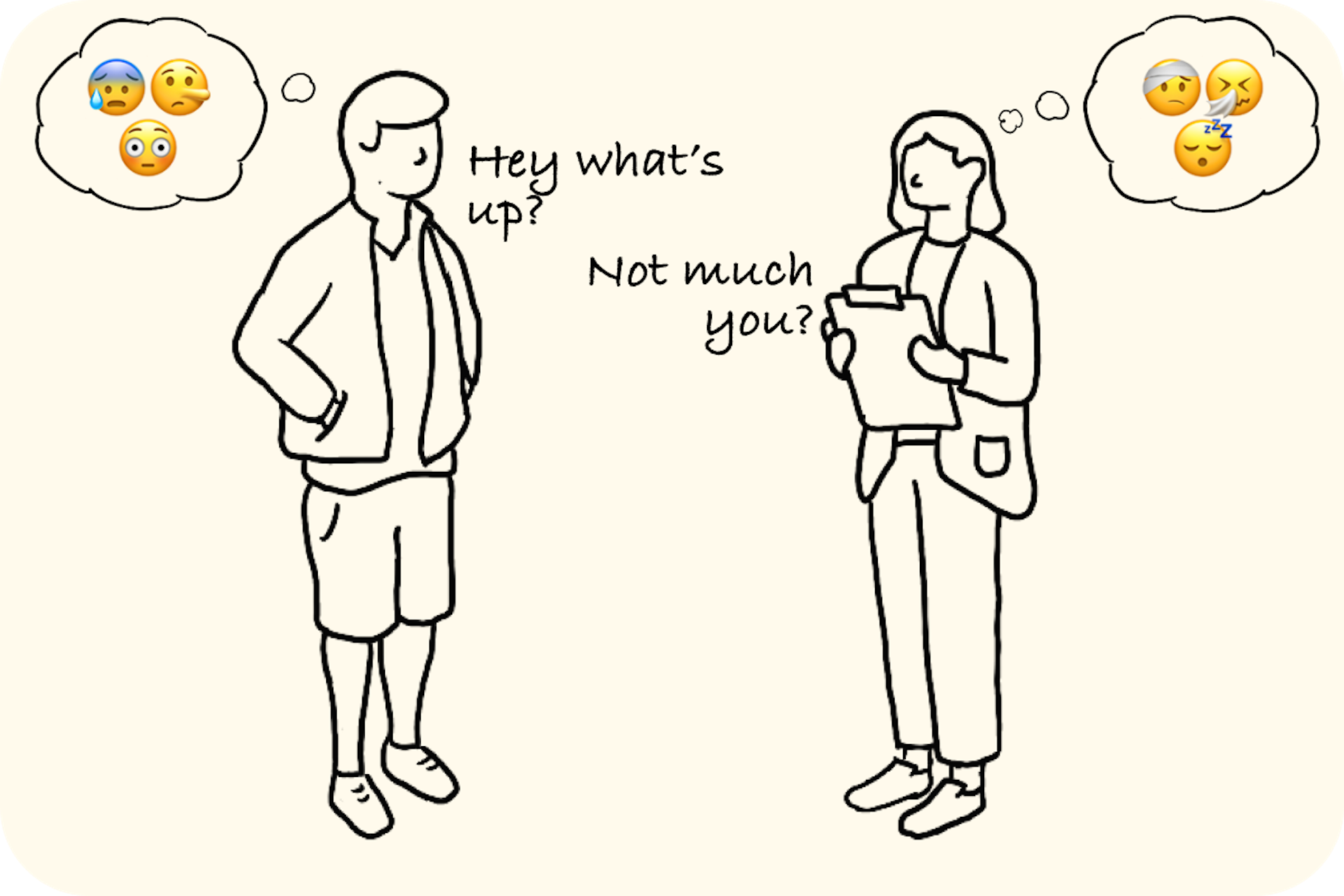
To make decisions based on incomplete information quickly, our subconscious brains use beliefs, mental models, biases and assumptions often unbeknown to us.
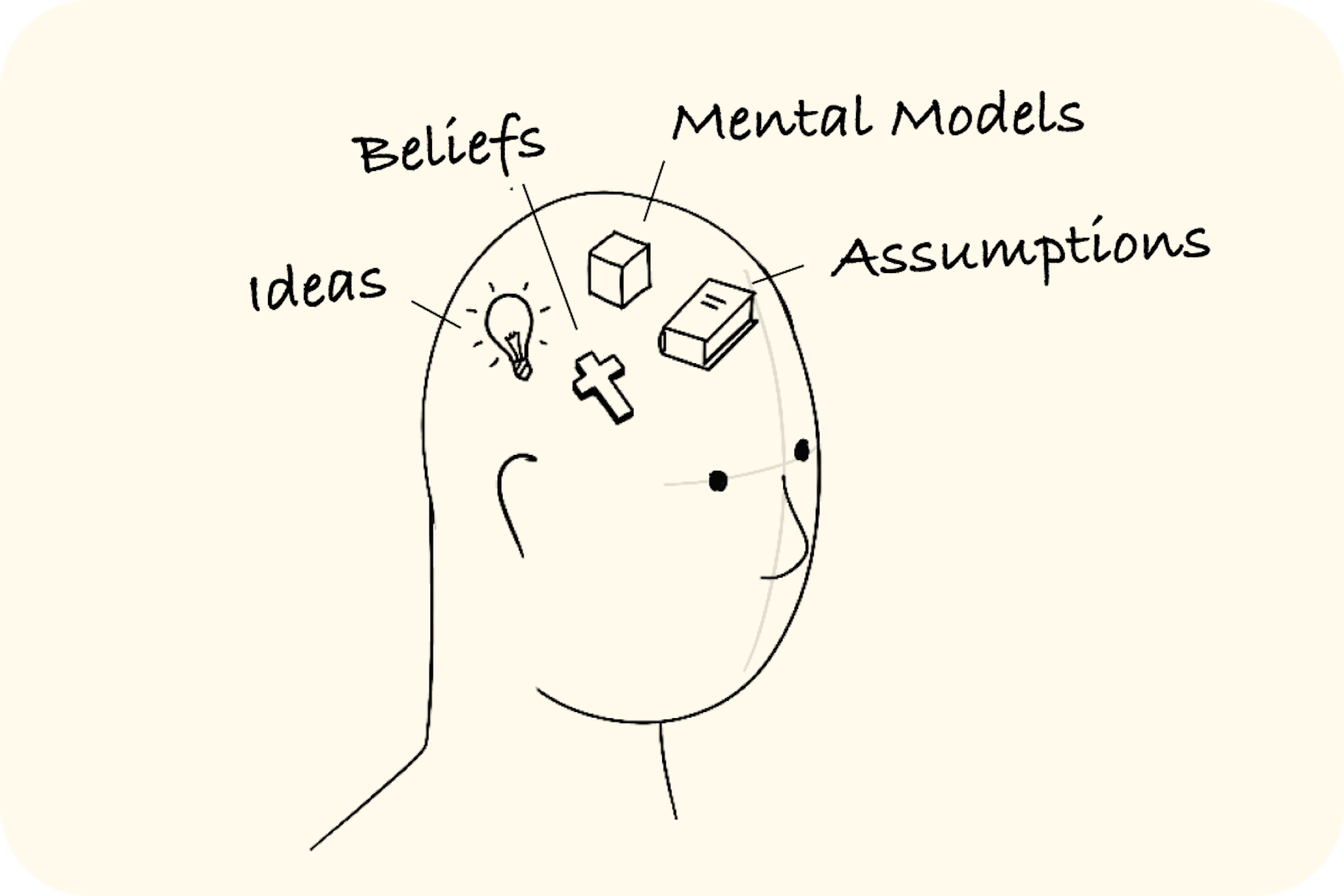
This topic has a lot of depth, but the key takeout is that we naturally and blindly jump to conclusions all the time: conclusions that are unique to each individual. It's easy to put ourselves at the centre of everything because that is how our brains process sight and sound. "I see my environment. I have valuable experience. I know what is best."
When multiple people are communicating, the problem gets compounded because each person acts as a biased filter.
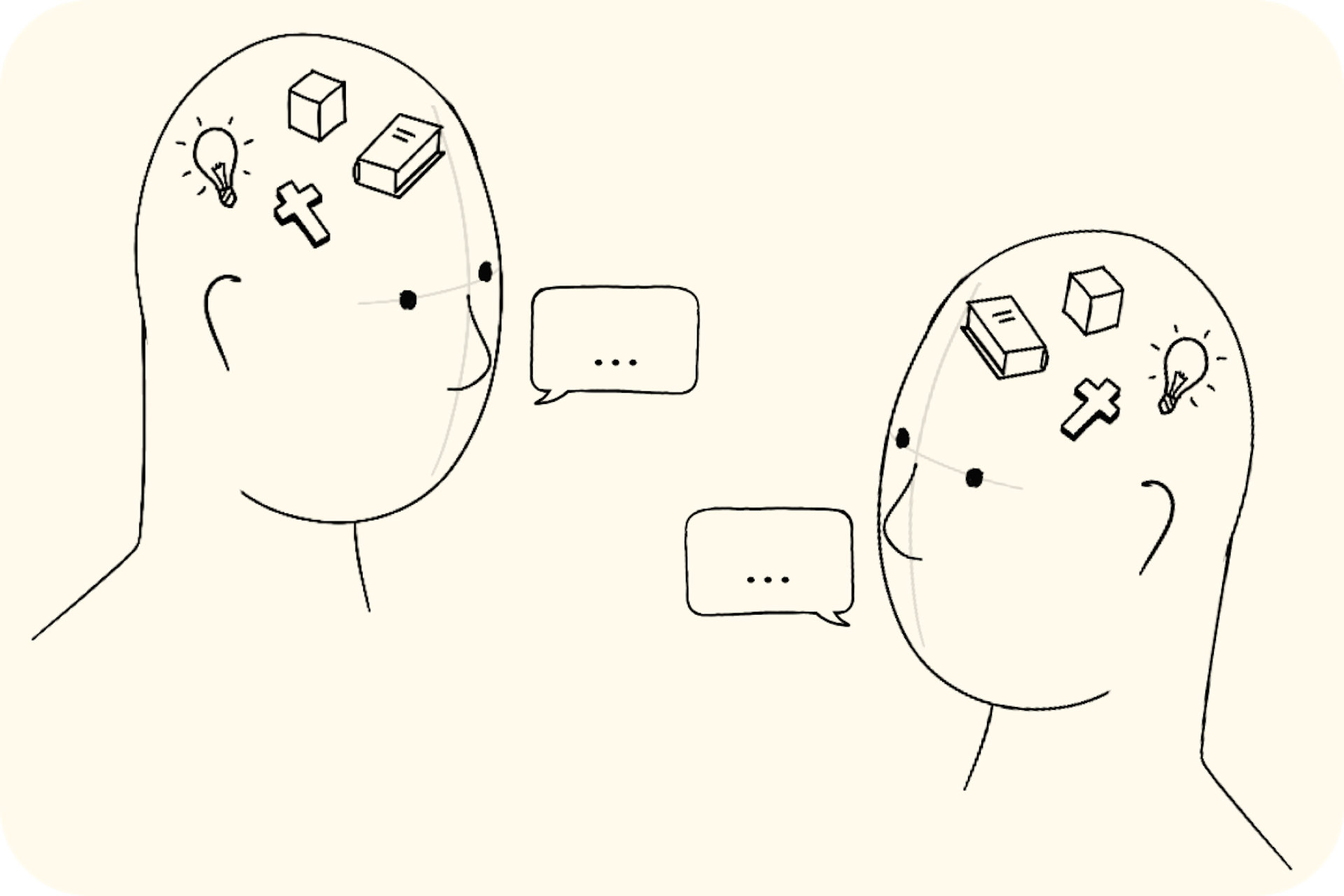
When considered together, it’s clear that we have to speak to many people to account for variations in beliefs and mental models (whilst questioning ourselves and the users we interview to counter our own biases). This is why the best product teams employ UX Researchers who understand the psychology of their research participants and can therefore be trusted to dissect and interpret information effectively.
Research as a strong foundation
The ‘idea’ you have at the start of a project has a tremendous effect on the outcome, with the early decisions you make acting as the foundation for your design, development and marketing work. Each of these steps cost time and money, and the longer the project goes on, the more weight that is applied to those earlier decisions.
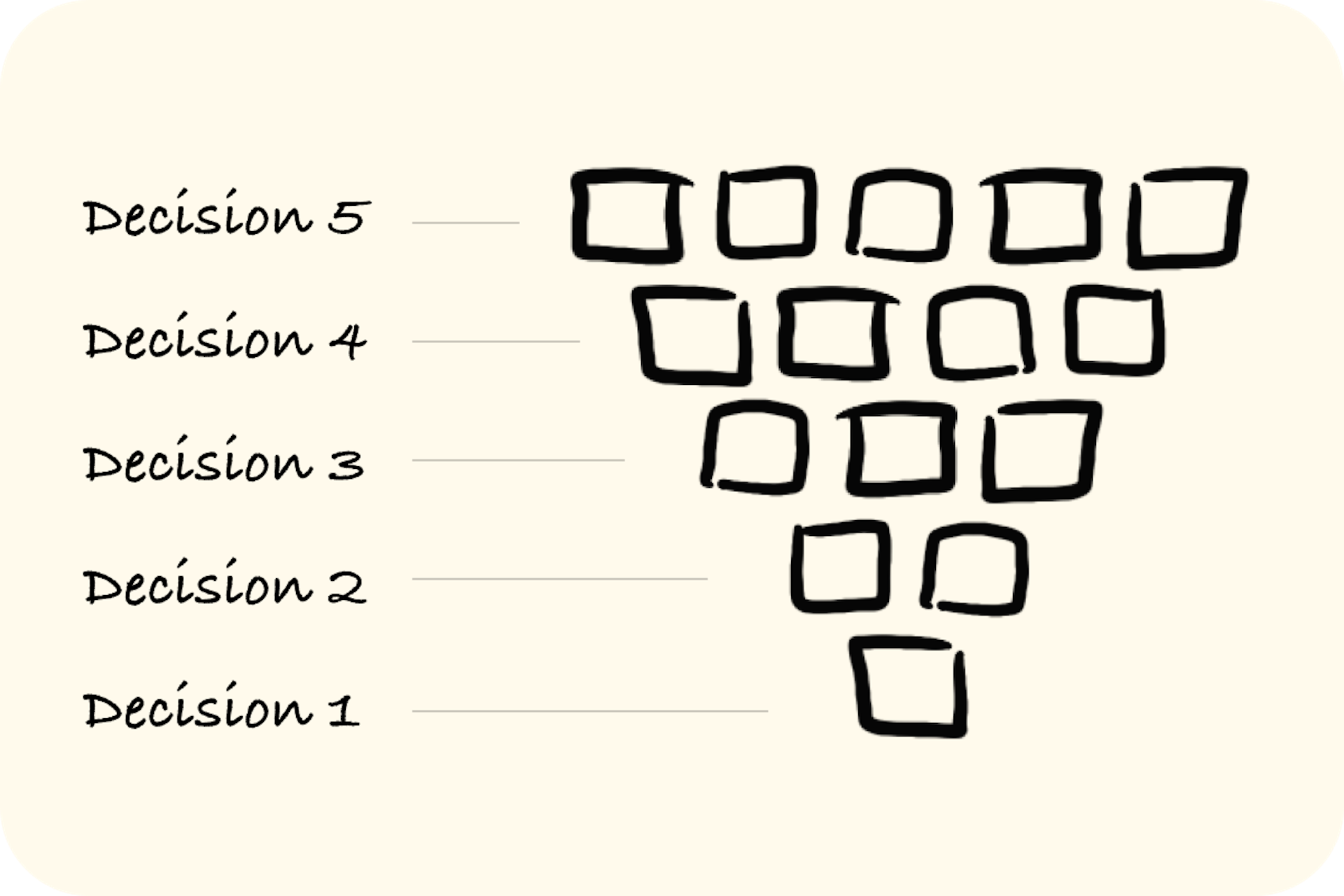
And here’s the thing; nobody can accurately predict the finished product when they're making those first decisions. Take the PlayPump, for example. It was only after the merry-go-rounds were built that the company realised that the foundations it had been built on were addressing the wrong problem.
It’s therefore critical that ideas are adequately thought through and verified as a real need, want, or pain point for a majority of users. In this way, we can build a strong foundation for future decision making.
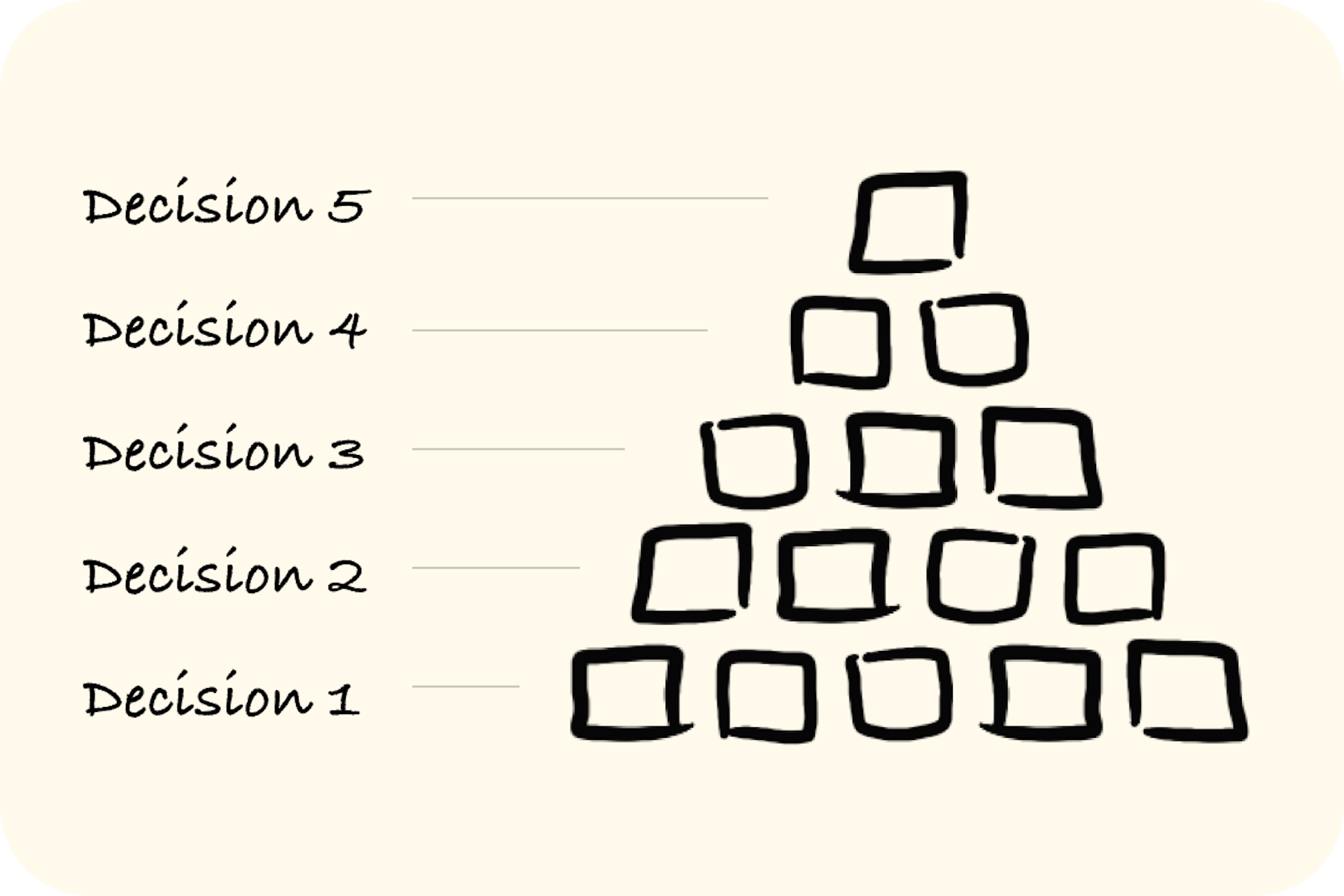
Research as a unifier
Ultimately, you want your core product decisions to be grounded in the reality of the market and verifiable data that has not been filtered through the biases and assumptions of the people making the product. The key is to gather multiple opinions, references and methods of evaluation.
Because information from one individual can't be trusted in isolation. But when it's compared with other responses and analysed against numerical data, patterns begin to emerge. These patterns speak to the truth of what people want and what should therefore be successful in the market.
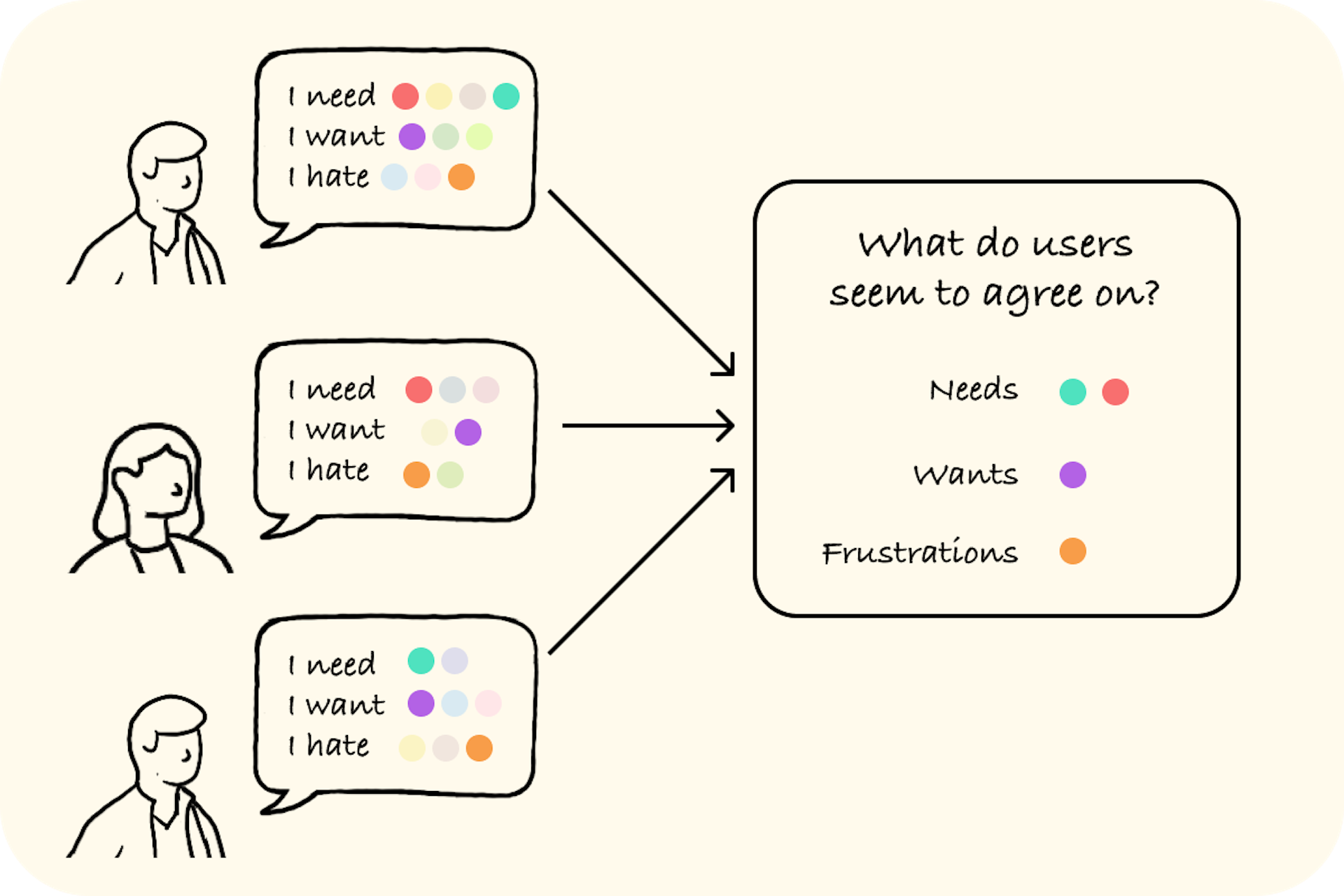
Just think of your favourite digital products. They often feel very simple. This is because they understand their users. They don’t necessarily offer lots of features. Instead, they find the common denominators shared by all users.
Research as a source of truth
Another good thing about research is that it provides a traceable flow of information that can be distributed and discussed. In other words, it creates a source of truth and a shared understanding of who you’re designing for and what is important. Research allows you to empathise with the people you are building for.
And when problems occur, the team can go back to the research to identify the correct solution. Critically, the discovery process enables a shared vision for what success looks like through an understanding of the problems being solved.
“Timeless research is really about building long-term organisational knowledge and curating what you’ve already learned.”
Sure, research is an extra step, but it’s also the best way to build a strong foundation from which reasonable decisions can be made. Decisions that will filter out as many risks and assumptions as possible. The result? A product that speaks directly to your target market, stands the test of time and enables innovation by understanding how to solve problems for your customers.
Now you know why we should do good research, but what about how? I recommend this article by my colleague Rachel about putting real people at the heart of your product strategy.